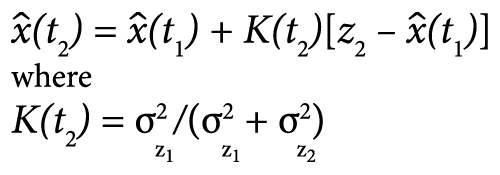Changing the Rules
How do you win when you are really losing?
Play a different game, move the goalposts, change the rules.
For several years now, a series of would-be wireless broadband service providers have been attempting to convince the Federal Communications Commission (FCC) to repurpose radio frequency spectrum near the GPS L1 band.
Past efforts have failed because of the transmissions’ demonstrated harmful effects on GPS and other GNSS signals. Now a new contender is trying to gain FCC’s approval by changing the way that those effects are measured.
By Inside GNSS


























